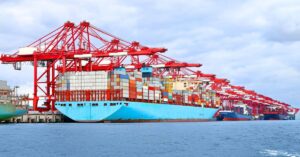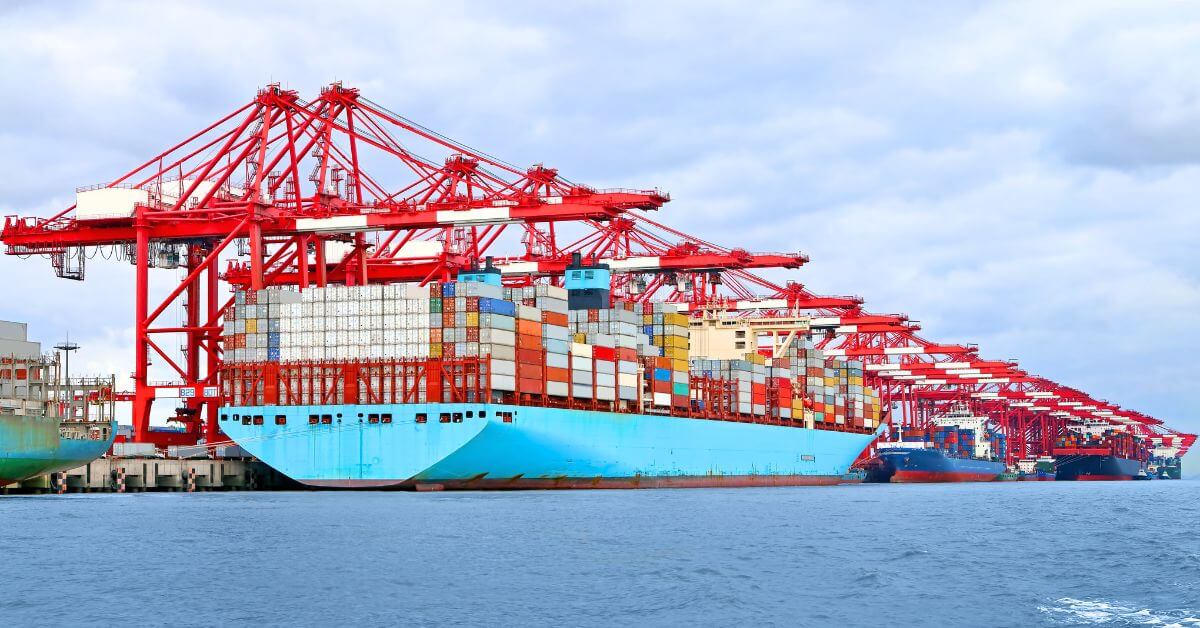
French Navy Destroys Bomb-Carrying Drone Boat & Rescues 29 Crew From Attacked Oil Tanker In Red Sea
August 23, 2024
World’s First Commercial-Use Ammonia-Fueled Vessel Receives ClassNK Certification
August 23, 2024

The International Council on Clean Transportation (ICCT) has released a new report that reveals the potential for green shipping corridors along China’s coastal shipping routes.
The study examined the feasibility of powering ships with renewable energy sources such as ammonia, hydrogen, methanol, or batteries without requiring refuelling during their journeys.
The study identified three main routes as solid possibilities for these green shipping corridors: two interregional routes connecting the Pearl River Delta to the Bo Sea and the Yangtze River Delta to the Bo Sea, and one intraregional route inside the Yangtze River Delta region. These regions are home to some of the world’s largest ports, including Tianjin, Shanghai, and Shenzhen.
For instance, container ships might use renewable marine fuels to travel 1,400 nautical miles from Tianjin to Shenzhen.
The study estimates that 6,000 tonnes of ammonia, methanol, or 900 tonnes of renewable hydrogen will be required to power the first wave of zero-emission vessels along these routes.
This would necessitate supplying 44-60 GWh of renewable electricity by 2030. However, renewable hydrogen costs are expected to reach $7.60/kg by 2030, much higher than conventional marine fuels. Achieving a 32% cost reduction by 2050 requires major policy intervention to increase the viability of these routes.
The researchers also found 44 green shipping corridor initiatives worldwide as of December 2023, but none had been fully implemented.
According to the study, domestic routes may be advantageous due to more homogeneous stakeholder involvement. In other cases, a single business can handle both the cargo and the vessels, making it easier to establish these corridors.
The study reveals the necessity of ongoing research and policy support to realize the full potential of green shipping corridors and transition to a more sustainable maritime sector.
Reference: MaritimeHub
China’s Largest Ports Set To Establish Green Shipping Corridors appeared first on Marine Insight – The Maritime Industry Guide
Source: Maritime Shipping News


